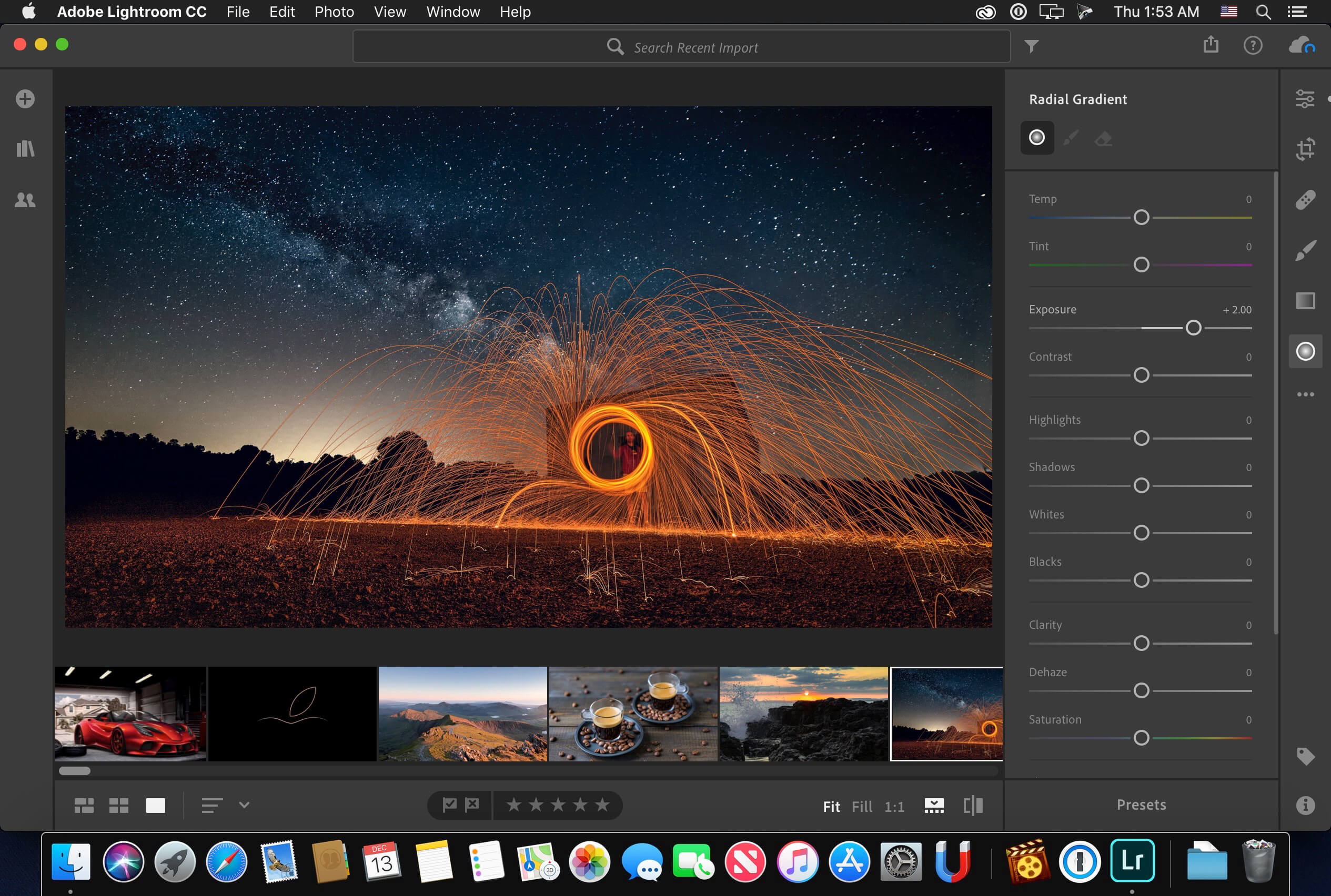

- HOW TO EDIT PICTURES IN ADOBE PHOTOSHOP 6.0 MANUAL
- HOW TO EDIT PICTURES IN ADOBE PHOTOSHOP 6.0 FULL
- HOW TO EDIT PICTURES IN ADOBE PHOTOSHOP 6.0 SOFTWARE
Images can be transferred to a computer, and then erased from the card. Most digital cameras use flash memory cards to store images. A common way to transfer pictures from the camera to the computer is via USB ports and cables. 7 Digital cameras usually come with accessories or built-in mechanisms that facilitate the transfer of images to PC. An auto-focus zoom lens with macro capabilities (the ability of the camera to focus on objects very close to the lens) is essential for the camera used by radiologists with little camera experience. A 2.1 megapixel camera gives the flexibility to obtain decent image quality. The term megapixel indicates that a camera can obtain an image approximately 1 million picture elements or more. The most commonly used digital cameras have 2- to 3- megapixel resolution. 6 A video card with at least 16 MB memory, and a 1024 × 768 pixels resolution monitor are also required. 6Ī modern computer with at least 256 Mb RAM (Random Access Memory) is necessary to open and manipulate files with radiological images. PhotoDelux (Adobe Systems, San Jose, CA), Photo-Paint (Corel, Ottawa, Ontario, Canada), and Picture Publisher (Micrografx, Dallas, TX) also provide most of the techniques discussed. Photoshop Elements (Adobe Systems, San Jose, CA) is a limited version of Photoshop that performs almost all basic functions discussed in this article. Other image manipulation programs are available for both the MS-Windows and Macintosh platforms. Both experienced and inexperienced users will find items of value in this article.

Additionally, some particular tips are suggested, closely related to radiologic images rather than other photographic subjects. This article is more a sampling of the powerful tools of the Adobe Photoshop program than a tutorial.
HOW TO EDIT PICTURES IN ADOBE PHOTOSHOP 6.0 MANUAL
The 400-page manual 5 distributed with the program is oriented to commercial color users, and image manipulation tricks and tips useful to radiologists are not emphasized. 4 This program can be used on either MS-Windows (Microsoft, Redmond, WA) or Macintosh (Apple Computers, Cupertino, CA) platforms.
HOW TO EDIT PICTURES IN ADOBE PHOTOSHOP 6.0 SOFTWARE
3 Adobe Photoshop 6.0 (Adobe Systems, San Jose, CA) is an excellent image-editing software program for editing and annotating radiological images intended for presentation and publication. However when radiological images are stored in this way, image quality is usually disappointing. Software supplied with the cameras allows some simple image modification. Software is used to transfer images from the camera to the computer, to convert images into other file formats for use in documents and slides, and to add text, lines, or graphics. 1, 2 Before the radiologist starts composing radiologic illustrations in real time, it is important to understand the digital images’ characteristics as well as the fundamentals of digital imaging manipulation. Some commonly used digital cameras have already been evaluated for reproducing radiologic images.
HOW TO EDIT PICTURES IN ADOBE PHOTOSHOP 6.0 FULL
Nowadays, the market is full of digital cameras, ranging in price and capability.

1 The technology related to digital cameras is improving rapidly in quality and is becoming more financially accessible and user-friendly, even to people who are not technologically inclined. Digital camera technology captures an image on a CCD array through the optics of a photographic camera. The other way is the use of laser scanners, which offer maximum resolution at a premium price, or charge-coupling device (CCD) scanners which are widespread and less expensive. Most of the radiographs are obtained in the traditional way, and the use of a digital camera is one way of getting hard-copy radiographs into digital format. EVEN THOUGH DIRECT DIGITAL IMAGING and a picture archiving and communication system (PACS) are already available in many radiology departments, hard-copy radiographic images are still present in every department.


 0 kommentar(er)
0 kommentar(er)
